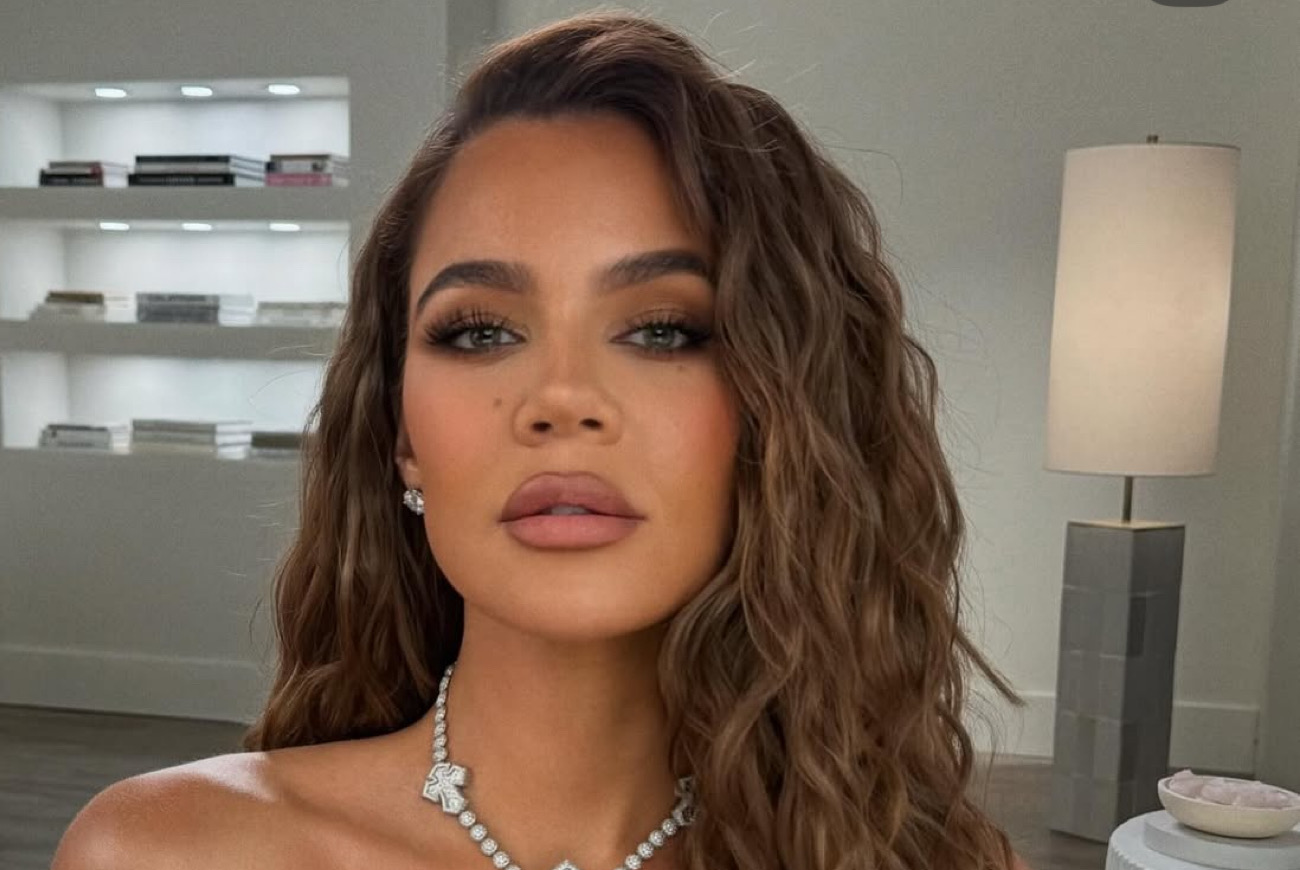Nadya Tolokonnikova, co-founder of the feminist protest art collective Pussy Riot, was in Berlin when news broke on February 16 of the sudden death of Russian opposition leader Alexei Navalny in an Arctic penal colony.
Two days later, she was protesting in front of the Russian embassy in Berlin alongside Pussy Riot co-member Lucy Shtein, his lawyer Lyubov Sobol and former Russian state TV employee and 2022 Deadline Disruptor Marina Ovsyannikova.
Like most Navalny allies, Tolokonnikova believes that Russian President Vladimir Putin has blood on his hands.
The activist, artist and performer fronted another Navalny commemoration at the Wende Museum in Los Angeles on March 2.
“They opened their doors for us to make a pop-up exhibit and just let people come together. It’s very important for me that we don’t close in on our little selves and grieve alone,” Tolokonnikova says via Zoom.
Tolokonnikova says Navalny was instrumental in her birth as a pro-democracy activist in her early 20s.
The activist casts her mind back to the first time she saw him speak at an opposition conference in 2011. She and a friend had just anonymously announced the existence of Pussy Riot.
“He came up on stage with his team, a group of young and thirsty-for-freedom professionals. They were extremely organized, focused and positive. It was refreshing. It felt like he already came from some Russia of the future,” she recounts.

Read the digital edition of Deadline’s Disruptors/Cannes magazine here
“He was very personable, friendly and extremely charming. He gave me this conviction that I needed to build my own movement, just like he was doing, but with a focus on feminism and gay rights. And that’s what we did.”
It marked the beginning of a decade of daring art and performance-based activations in Russia challenging Putin’s rule, including the Punk Prayer performance in a cathedral in Moscow which led to a two-year-prison sentence and a spell in a Siberian penal colony.
Tolokonnikova, who is now living outside of Russia, continues to resist Putin from afar.
She is currently gearing up for her first museum show at OK Linz Center for Contemporary Art in Austria in June.
“It’s called rage. Rage is probably my primary emotion. There is also depression and apathy, but I prefer rage because it’s more productive and can result in art, whereas if you’re apathetic, it results in nothing and you only deteriorate.”







